The debate over whether it is evolution or culture that shapes human behaviour is one of the biggest in modern science. Yet, amidst these discussions, a more nuanced perspective emerges: there is no division between ‘evolution’ and ‘culture’ – culture itself is part of our evolutionary story, argues Ruth Mace.
This article is presented in association with Closer To Truth, an esteemed partner for the 2024 HowTheLightGetsIn Festival.
This question is taboo in university anthropology departments; many of them dissolved into acrimony debating if culture or evolution drives human behaviour. Some universities decided to split their anthropology departments, with social or cultural anthropology in one building, and evolutionary anthropologists elsewhere. In my own department, we agree to differ (although from time to time I learn that someone has not spoken to me for 30 years because of my being in the ‘bad’ camp). Fortunately, most of our students are now leaving that particular culture war behind.
___
Evolution designs not just our bodies but also our minds
___
We are evolved beings. If you want to understand the design of living things, then there are only two options – evolution by natural selection, or divine creation. If you are happy with divine creation, then I assume that makes it pretty uncomplicated. If not, you are left with evolution. Evolution designs not just our bodies but also our minds.
SUGGESTED VIEWING Biology beyond genes With Denis Noble
We are also cultural beings. We are incredibly diverse in terms of how we behave, depending at least in part on where we grew up. The rules and norms that both govern and divide us, differ from place to place, from one cultural group to another, and are familiar to us from childhood. These rules reach into every corner of our lives: how we marry, how often we reproduce, how we speak, how we treat males and females and other genders, what we eat, and what we believe.
Natural selection ensures that genes are great at designing your behaviour so that you and your kin survive and reproduce as successfully as possible. An animal’s instincts can guide them through eating and mating, or even making complex structures like weaver birds’ nests. If you are a kittiwake, your instincts even make sure you don’t jump about too much when you are a chick, because otherwise you will fall off the cliff ledge on which your parents are raising you. Some more elaborate behaviours might require more learning to perfect. The weaver birds do apparently get better at nest building with experience. But trial and error is a slow and costly process.
Humans use trial and error too, but we have another trick. We are masters of cultural learning. We learn from each other, often in very specific detail. Whilst the chimpanzee is struggling through all the options trying to figure out what it might be able to use to crack a nut, you are reaching for a nutcracker in your kitchen drawer. You might work out how to use it all by yourself, but almost certainly have no idea how to smelt the metal to make the nutcracker. You don’t need to know, as you are benefiting from the trial and error, intuition and innovation of multiple generations of long dead metalworkers, who learnt from each other. For a small price, you can buy yourself a tool that was created by thousands of years of cumulative effort, so you don’t need to learn how to make it. Even if you think you could make a nutcracker, you almost certainly could not make your smartphone or your car.







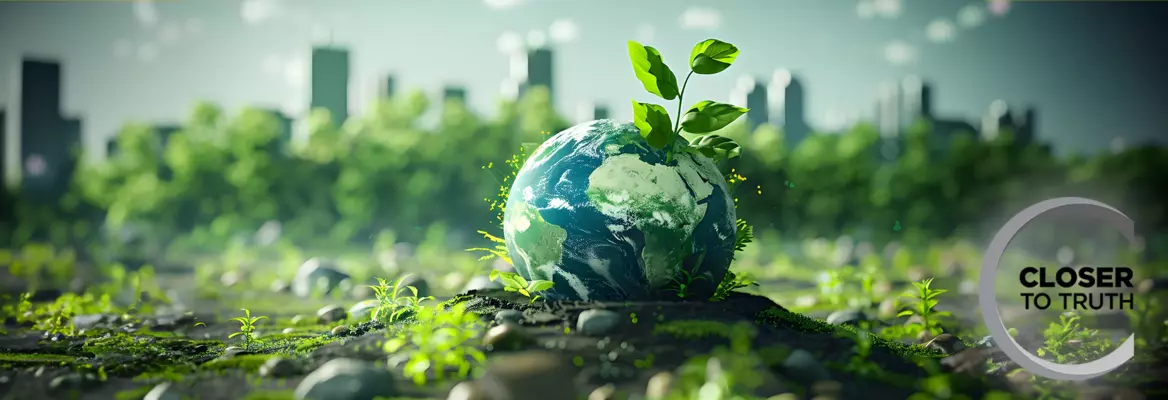

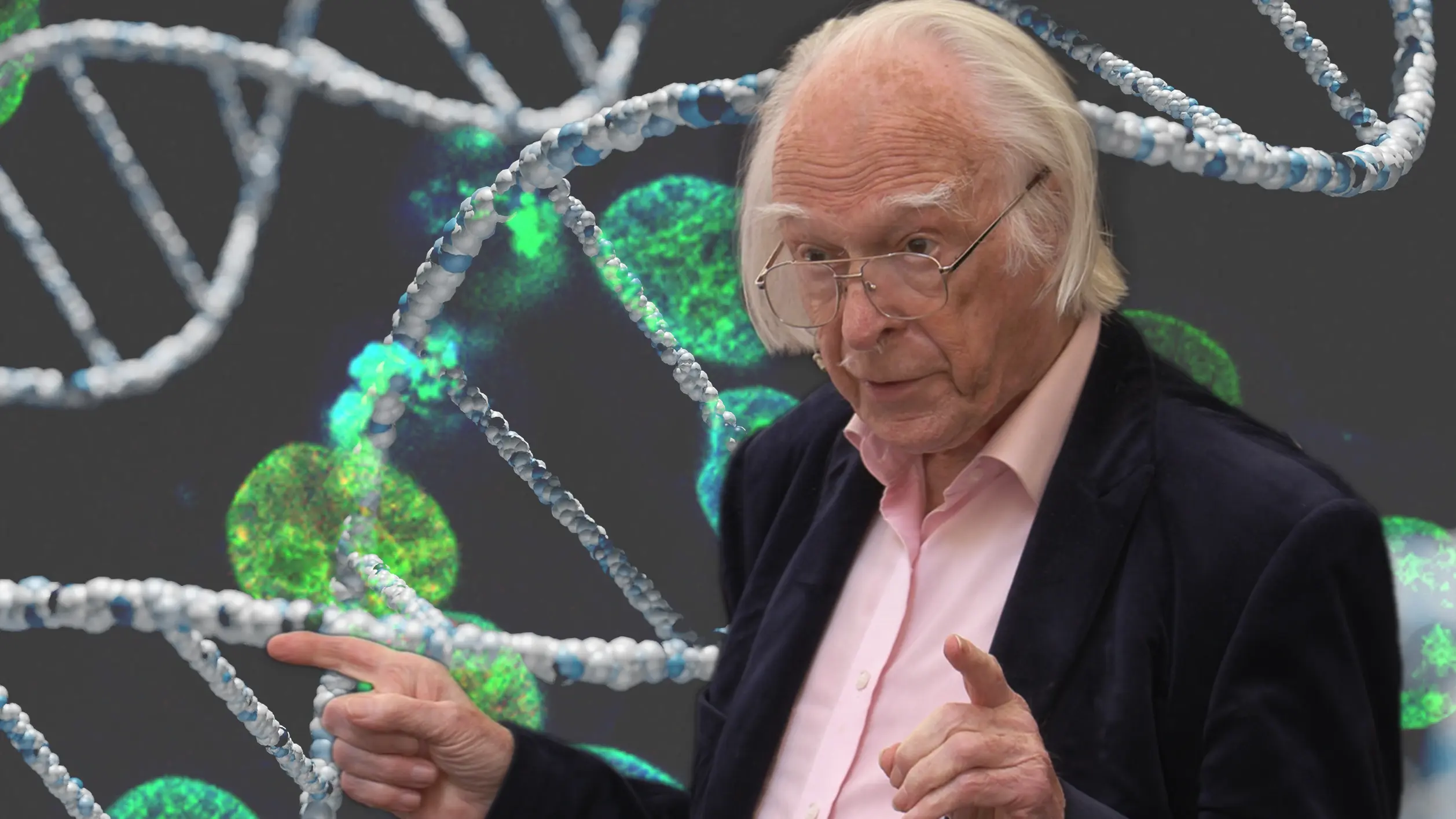

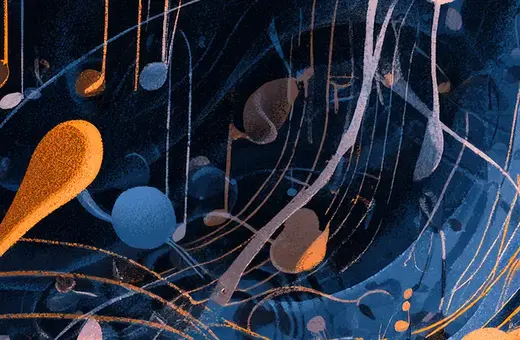
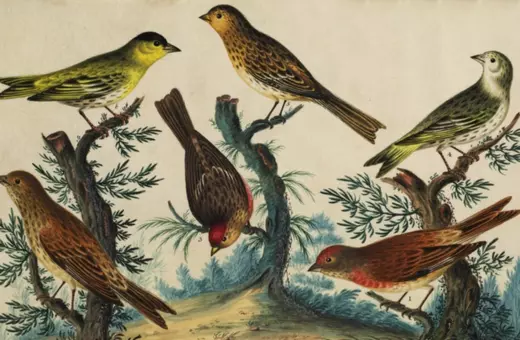
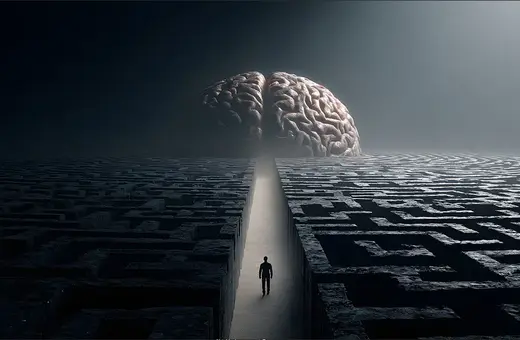
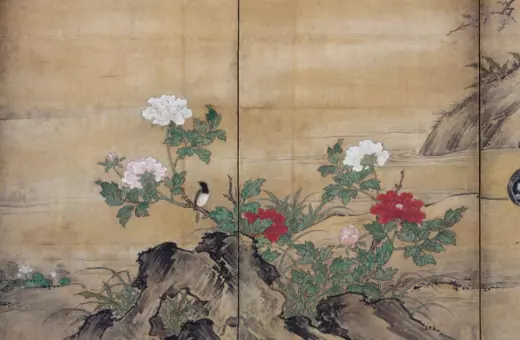
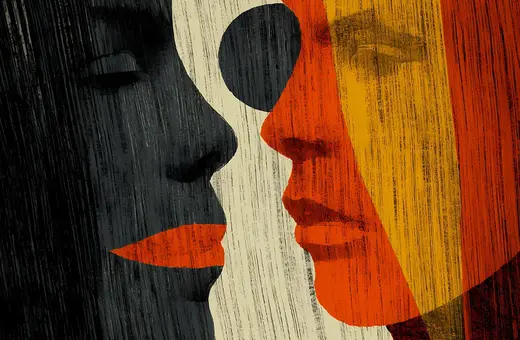
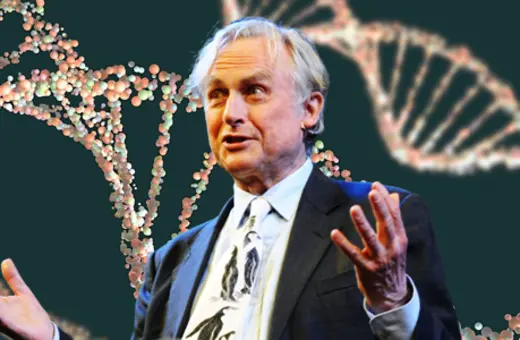
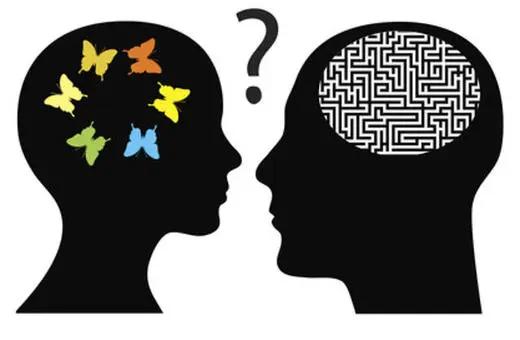
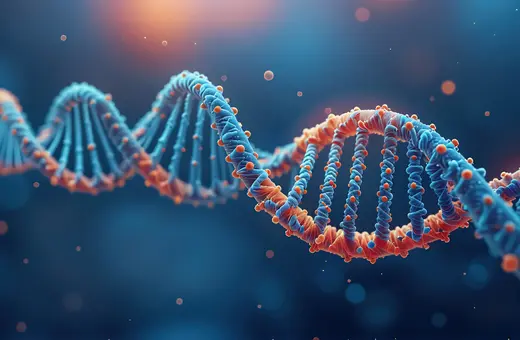



Join the conversation